Most professionals working in the FP&A discipline have degrees in finance or accounting and previously worked as...
 The Finance Professional – A Non-VIisual Occupation
The Finance Professional – A Non-VIisual Occupation
Businesses and technology are moving at the speed of light. Being proactive, rather than reactive, when it comes to your personal career, will prove beneficial when businesses are forced to react quickly to domestic and global conditions. Documenting your professional and career progression over the course of your employment will not only demonstrate your take-charge mentality, but display your increased business acumen and expertise.
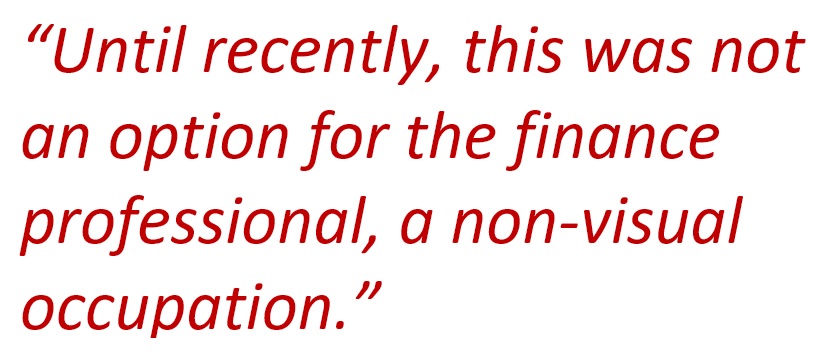 Professional portfolios have always been the expected norm for creative, visual occupations, everything from computer-aided design, photography, artwork, interior design to runway models. For these types of careers, it is customary to visually showcase an array of pictures, photos, and examples of projects to demonstrate a specific set of skills and abilities. Until recently, this was not an option for the finance professional, a non-visual occupation. Finance professionals have typically taken the approach to lengthy résumés, detailing employment history and outlining routine tasks performed.
Professional portfolios have always been the expected norm for creative, visual occupations, everything from computer-aided design, photography, artwork, interior design to runway models. For these types of careers, it is customary to visually showcase an array of pictures, photos, and examples of projects to demonstrate a specific set of skills and abilities. Until recently, this was not an option for the finance professional, a non-visual occupation. Finance professionals have typically taken the approach to lengthy résumés, detailing employment history and outlining routine tasks performed.
In the growing sea of finance professionals, it can be difficult, if not downright impossible, to land a good job, never mind your “dream” job. It’s enough to make your head spin with all the “tips and tricks” to make your résumé stand out among the hundreds, dare I say thousands, of other applicants. It simply doesn’t work. Finance professionals’ paradigm shift has been to show a creative side, other than preparing numbers-only financial statements or submitting a text résumé to a company and hoping for an interview.
Times Have Changed
With all of the advances in online and mobile applications, not only are finance professionals familiar with, but can now use digital presentations, websites and links to present additional information to highlight their career growth, skillsets and abilities to a potential employer. (Links to some common portfolio websites are shared below.)
The ultimate goal in your job search is to get hired! The first step in this inundated and dog-eat-dog job search world is to get the interview. Next, you’ll need to quantify a successful finance career that showcases your achievements, quantifiable savings, business growth and expertise as a finance professional.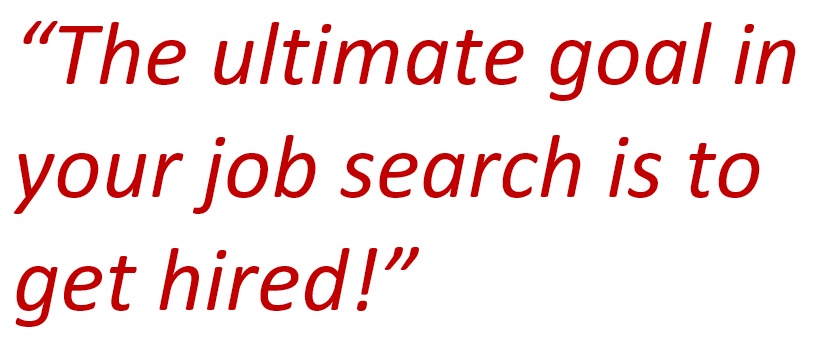
Typical of a finance résumé, achievements and tasks performed over the years are listed in chronological order by employer. We’ve all seen these types of résumés and probably have one of our own tucked away. It is not uncommon to list many of the same duties from one employer to the next, thus creating an even lengthier, and often overlooked, résumé.
- Month-end close, journal entries, account reconciliations
- Prepared rolling forecast
- Presented monthly financial statements to stakeholders
- Yada, yada, yada
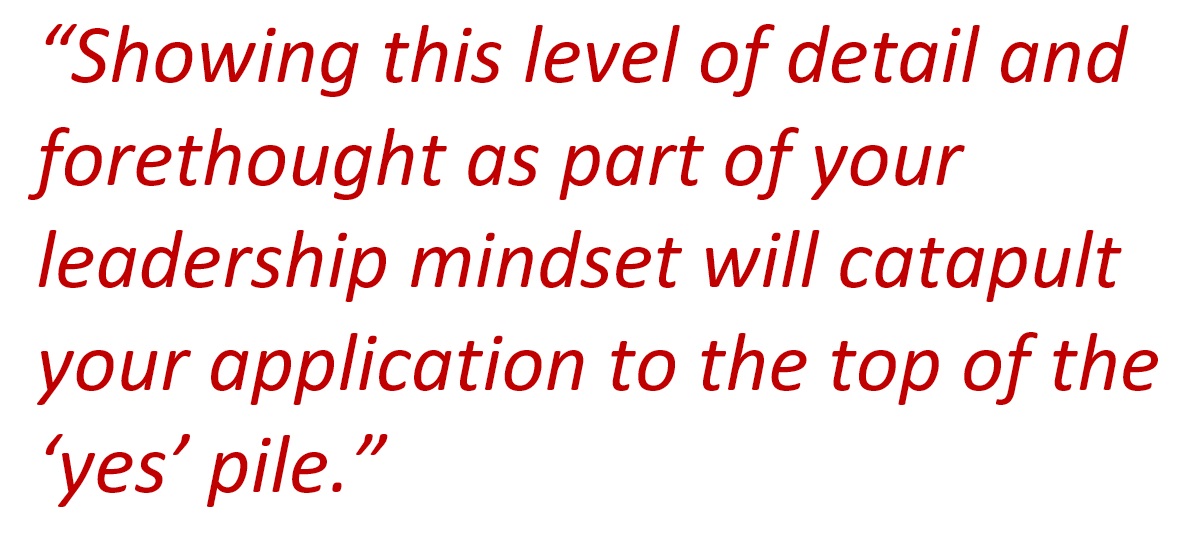 Creating a professional career portfolio that describes your major achievements and skillsets by function, with graphics that depict growth throughout the years, as well as showcase our abilities at the same time, will absolutely set you apart from the rest! Showing this level of detail and forethought as part of your leadership mindset will catapult your application to the top of the “yes” pile.
Creating a professional career portfolio that describes your major achievements and skillsets by function, with graphics that depict growth throughout the years, as well as showcase our abilities at the same time, will absolutely set you apart from the rest! Showing this level of detail and forethought as part of your leadership mindset will catapult your application to the top of the “yes” pile.
You as the Product – What a Novel Idea
Fact is, like any item for sale, you are the product and likewise, need to create your personal brand to present your best self. Accomplishments that are visually stimulating, showcasing your abilities and demonstrating career growth will “wow” a potential employer and is necessary to earn the chance to sit in front of them.
Any sales decision is based on solving a problem. Know what the employer is looking for and how you can solve their problem. Once you know what that problem is, you can articulately speak to solving it. Thoughtful preparation will distinguish you from the rest.
Similar to giving a presentation to prove a point, drive home an idea, or support a decision, a well-thought-out professional career portfolio highlights your successes, summarizes your strengths, while simultaneously exhibiting your level of effort and attention to detail. Use this opportunity to boast about your knowledge of various programs, technical skills, online savvy, graphical, and presentation abilities.
Secret to Success
A profession career portfolio should be concise and to the point. Data must be organized, direct, succinct, compelling and prove your personal finance credibility. Presentations are best understood when data is visually appealing and understandable at a glance. With today’s bombardment of continuous data and media, the best visuals are the ones where the reader can gather the content with ease of movement from one point to the next. Research has shown that 90% of our brains respond to visual stimuli.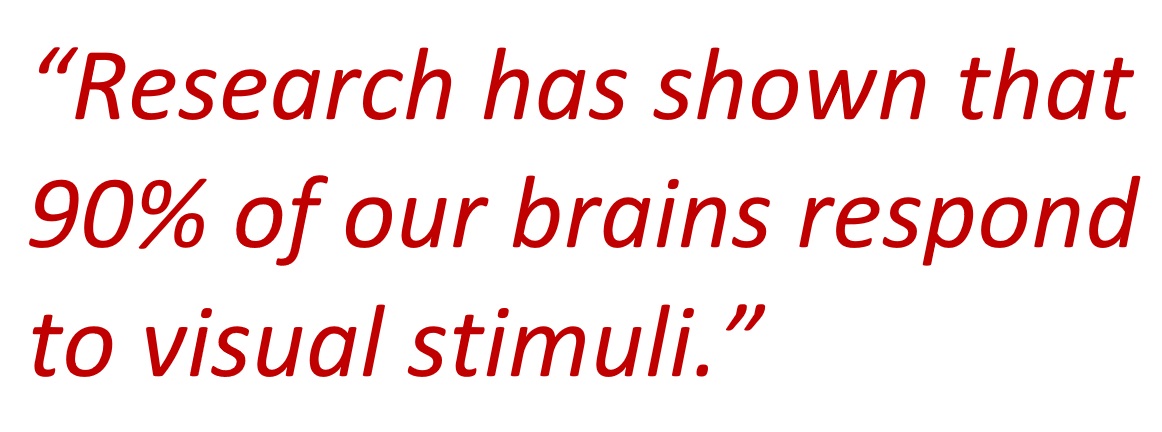
Your professional career portfolio is your opportunity to stand out from the crowd. For optimal impact, create three versions: digital (preferably PDF), online, and a physical copy. Use your online URL on your LinkedIn profile, your résumé and when completing applications online.
Showcase quantifiable achievements, such as sales growth year-over-year, savings realized due to a project you implemented or the value you can bring to the company.
A résumé is a summation of your experience throughout your work history. A professional career portfolio allows you to take it one step further, to demonstrate your achievements and business acumen gained over time, in a quick, easy to digest and succinct manner. Professional career portfolios should include a cover page, cover letter, table of contents, résumé/CV, functional areas (some examples mentioned below) and references.
A professional career portfolio may include functional areas such as:
- Budgeting
- Forecasting
- Financial Analysis
- Financial Reporting
- Metrics, KPI’s & Modeling
- Accounting & Auditing
- Systems and Software
There are many other functional areas you can choose based on your experience, as well as other topics, such as education, experience, professional affiliations, licenses and certifications, and community and charitable work, to name a few. Functional areas also allow you to keep proprietary information private. You may even want to consider including your story, a short synopsis of your background, why you chose the finance field, or what lead you to this company. There is really no set way to create a professional career portfolio. It is truly a reflection of your own personal creativity and style.
During the interview, handing a professional career portfolio to an interviewer makes a great first impression, as well as provides something to flip through and ask questions. Be prepared to talk to your strengths, fit and added value.
Some things to remember:
- Include your contact information
- Use the same theme and colors as the company you are applying to
- Customize your portfolio to the position
- Include a personal business card
- Include a professional headshot
- Include references
- Use high-quality paper, clear, plastic cover, spiral bound (so it lays flat) for hard copies
Last but not least, a professional career portfolio provides an additional document to upload to employer HR portals, email, and is the foundation for your online presence.
So take advantage of this new and exciting opportunity to highlight your best self and watch your career soar to new heights!
Online Portfolio Websites
- wix.com
- carbonmade.com
- bigblackbag.com
- imcreator.com
- squarespace.com
- weebly.com
- crevado.com
- about.me
- portfoliobox.net
- portfolio.adobe.com
- portfoliogen.com
- moonfruit.com
Sample Professional Career Portfolio





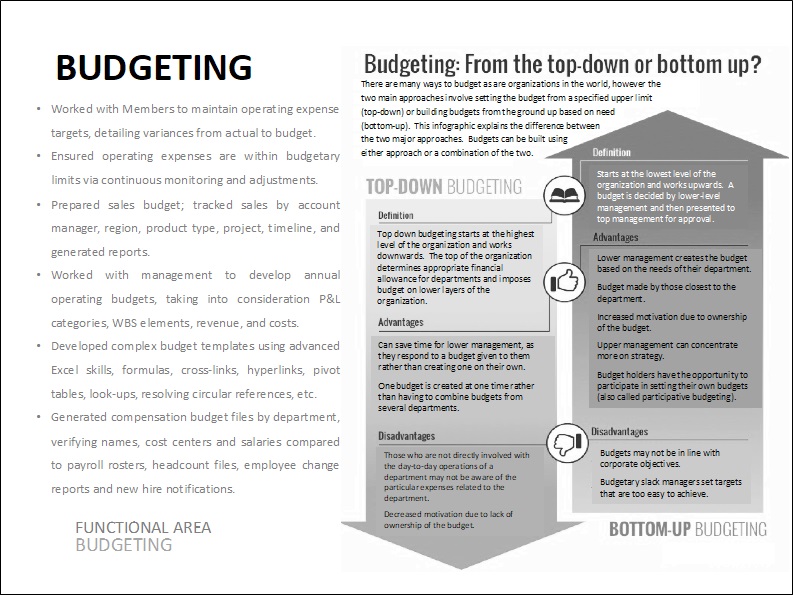
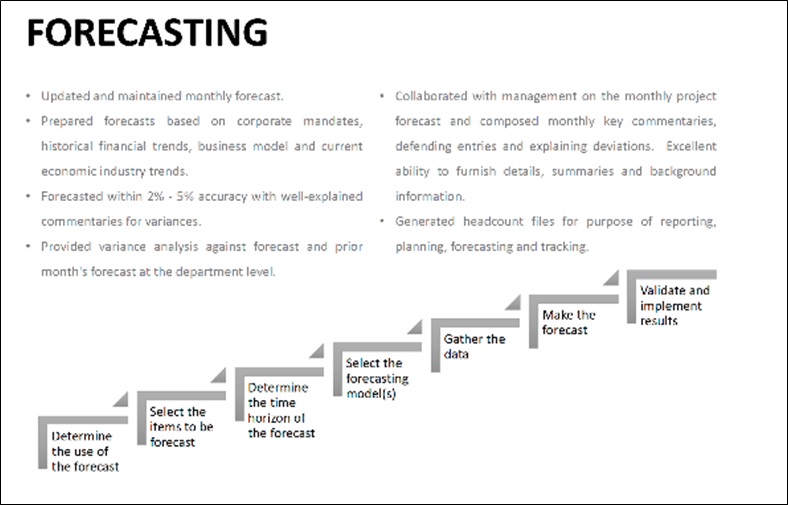
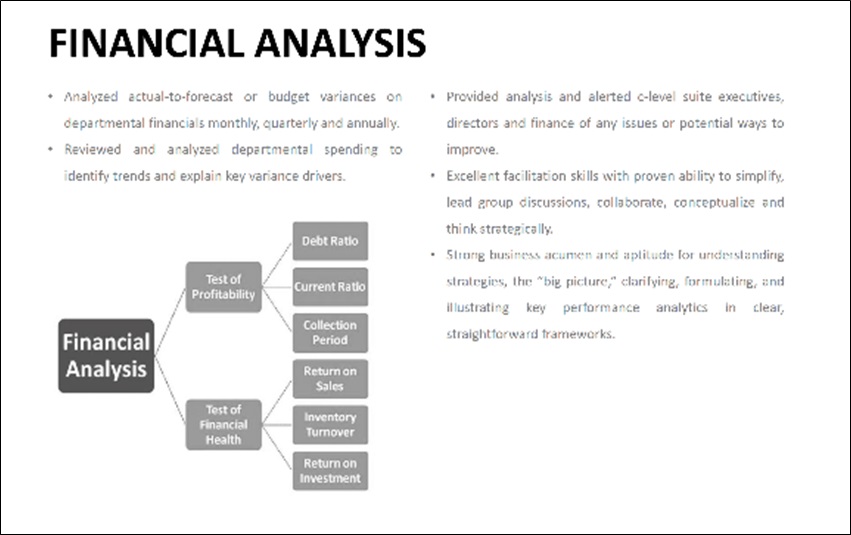
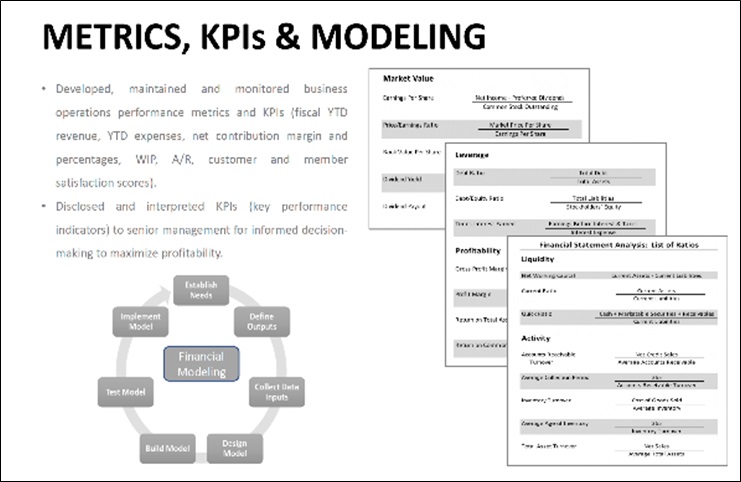
Subscribe to
FP&A Trends Digest

We will regularly update you on the latest trends and developments in FP&A. Take the opportunity to have articles written by finance thought leaders delivered directly to your inbox; watch compelling webinars; connect with like-minded professionals; and become a part of our global community.




